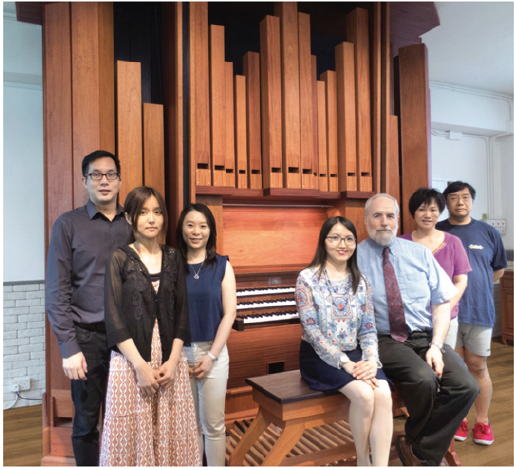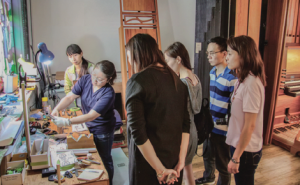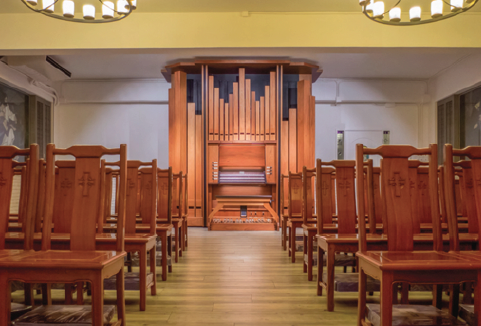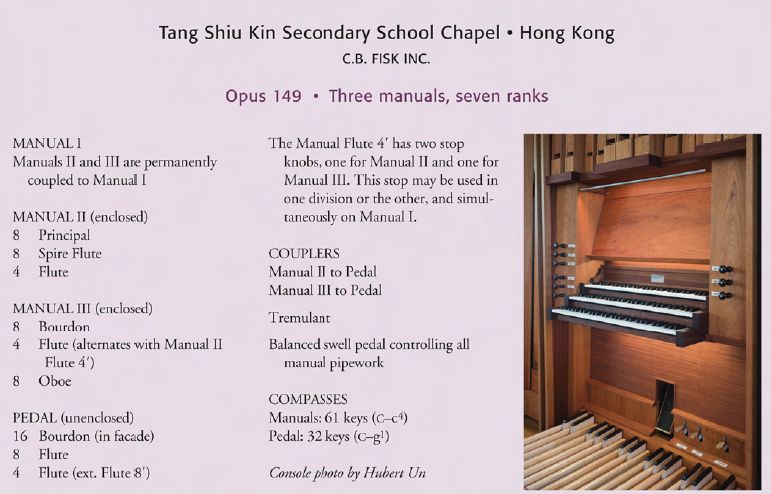The American Guild of Organists bestowed its two highest awards of national distinction in conjunction with the 53rd biennial AGO National Convention in Houston, TX. Award presentations were made during the Guild’s Annual Meeting. AGO President John Walker made the presentation to Frederick Haas, and at Walker’s request, Jeffrey Hoover made the presentation to Robert Bennett because of Hoover’s long association with the award recipient.
The AGO President’s Award was presented to Frederick R. Haas of Philadelphia, PA. The prestigious award, created in 1988, is presented biennially to recognize outstanding contributions to the art of the organ in the United States. The 2016 President’s Award was given to Haas “in gratitude for his inspired artistry, faithful support, and generous patronage of the King of Instruments.”
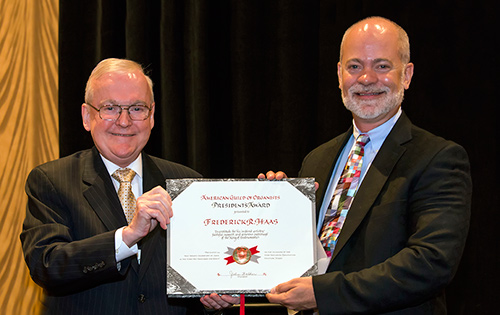
Past recipients of the AGO President’s Award include: Clementine Miller Tangeman, Alice Tully, Mr. and Mrs. A.D. Hulings, Amelia Lay Hodges, J. Michael Barone, Roberta Bitgood, FAGO, ChM, Edward A. Hansen, AAGO (posthumously awarded), Anthony Baglivi, Craig R. Whitney, Pleasant T. Rowland, Mr. and Mrs. Wesley C. Dudley, Messrs. Ronald G. Pogorzelski and Lester D. Yankee (posthumously awarded), Martha Rivers Ingram, and Christoph Wolff.
The AGO Edward A. Hansen Leadership Award was presented to Robert C. Bennett of Houston, TX. Created by the AGO National Council in 1999 to honor the memory of the Guild’s distinguished past president, Edward A. Hansen, AAGO, the prestigious award is presented biennially to recognize individuals who have demonstrated outstanding leadership in the AGO. The 2016 Edward A. Hansen Leadership Award was given to Bennett “in gratitude for his lifetime of devoted service to the Guild and his leadership in the Houston Chapter spanning more than seven decades.”
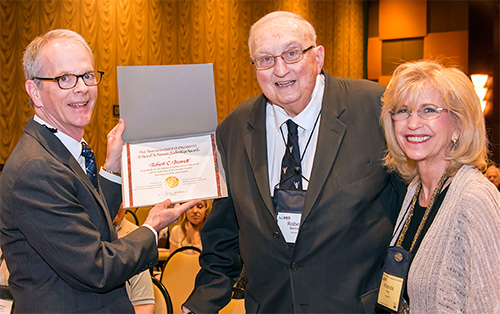
Previous Hansen Award recipients include: Karen McFarlane Holtkamp, Ruth M. Caswell, Joyce S. Hesketh, Betty Jean Bartholomew, D. DeWitt Wasson, ChM, Marianne Webb, Frederick Swann, Peter and Lois Fyfe, and Barbara Owen.
Biographies
FREDERICK R. HAAS, organist and philanthropist, is a native of Villanova, PA, and has performed throughout the Philadelphia region his entire life. He is Assistant Grand Court Organist at Macy’s Center City Philadelphia, where he performs on the Wanamaker Organ weekly, and co-chaired the 2016 OHS National Convention in Philadelphia, June 26–July 2.
Fred Haas began piano study at age six and, during high school, had organ lessons with Robert Plimpton. He was admitted to the Oberlin Conservatory as a student of David Boe, and studied with Fenner Douglass, David Craighead, Harald Vogel, and William Porter through the Oberlin Summer Organ Institutes. He was awarded a bachelor’s degree in organ performance from Oberlin in 1983 and returned to Philadelphia. He was assistant organist to Jeffrey Brillhart at Bryn Mawr Presbyterian Church until 1986.
A lifelong advocate for the King of Instruments, Mr. Haas is founder of the Historic Organ Trust, an organization dedicated to preserving and restoring important American pipe organs. He is a board member of the Historic Organ Restoration Committee at Atlantic City’s Boardwalk Hall and was lead donor of the Fred J. Cooper Memorial Organ (Dobson, Opus 76) in Verizon Hall, Kimmel Center for the Performing Arts, Philadelphia.
Mr. Haas is a trustee of the William Penn Foundation, trustee of the Wyncote Foundation, a patron of new and traditional opera at the Metropolitan Opera and at Opera Philadelphia, and a trustee of Santa Fe Opera.
ROBERT C. BENNETT has given more than 70 years of service to the AGO. At the age of 13, he was elected treasurer of the Houston Chapter and has since held multiple terms as dean and auditor. Bennett was coordinator of the 1958 AGO National Convention in Houston, co-coordinator of the 1988 AGO National Convention, and advisor to the 2016 AGO National Convention. Additionally, he was coordinator of the 1973 AGO Mid-Winter Conclave and AGO Region VII Convention.
Bennett was Diaconal Minister of Music and Fine Arts at St. Luke’s United Methodist Church in Houston, where he designed its organ and served for 42 years. He was chair of the subcommittee on hymn tunes for the 1988 United Methodist Hymnal and the 1993 hymnal supplement. He is a Fellow of Trinity College, London, and holds a doctorate from Southwestern University.
Photo credits: Joseph Routon
